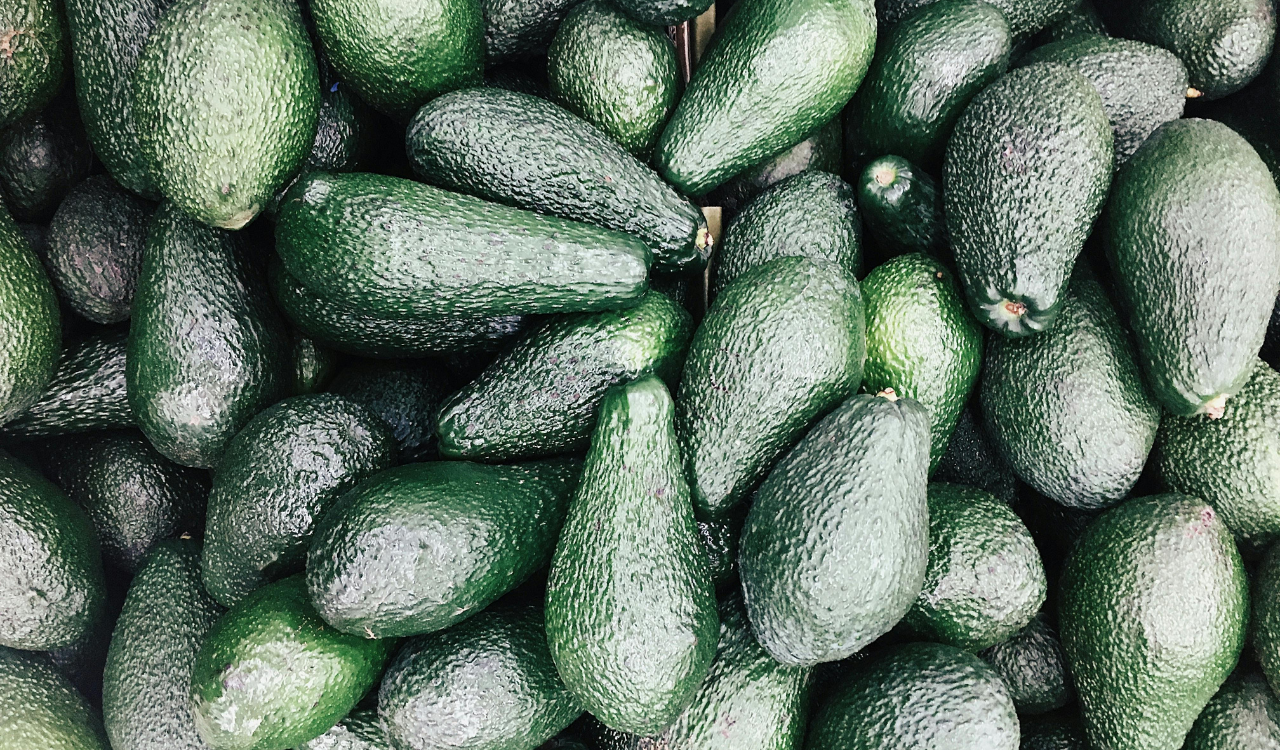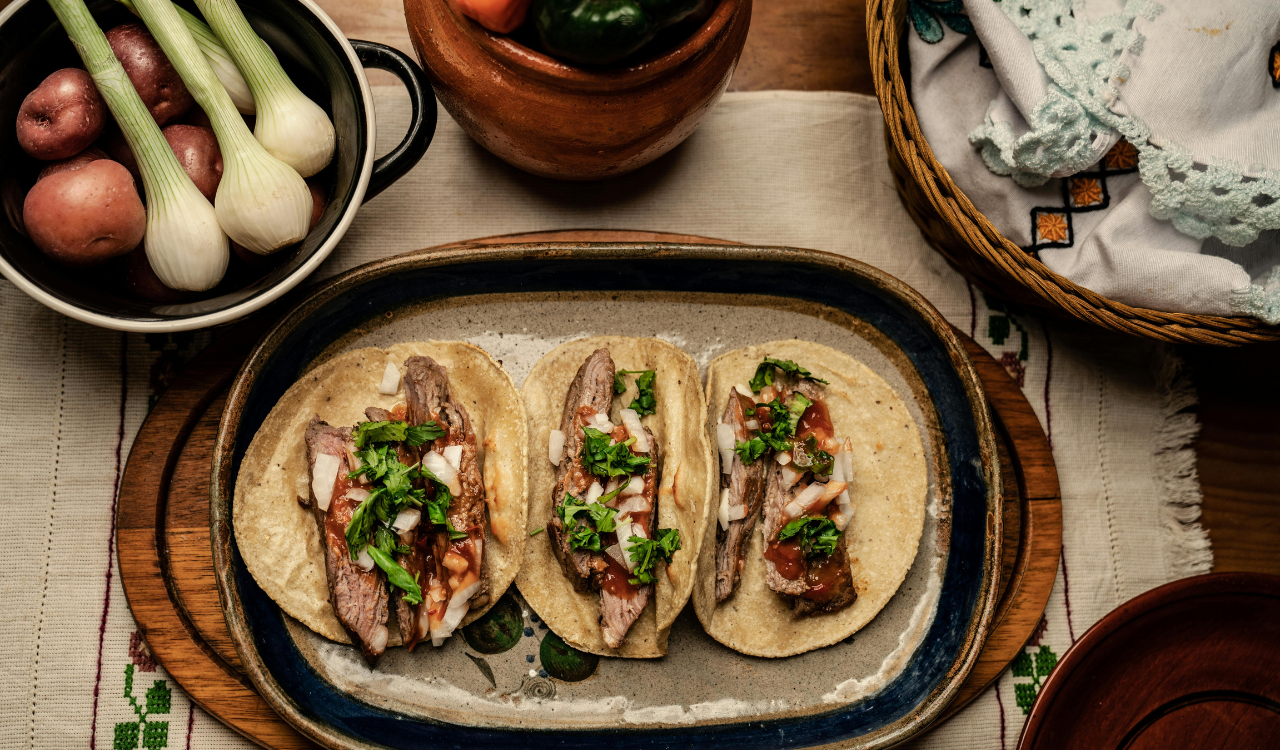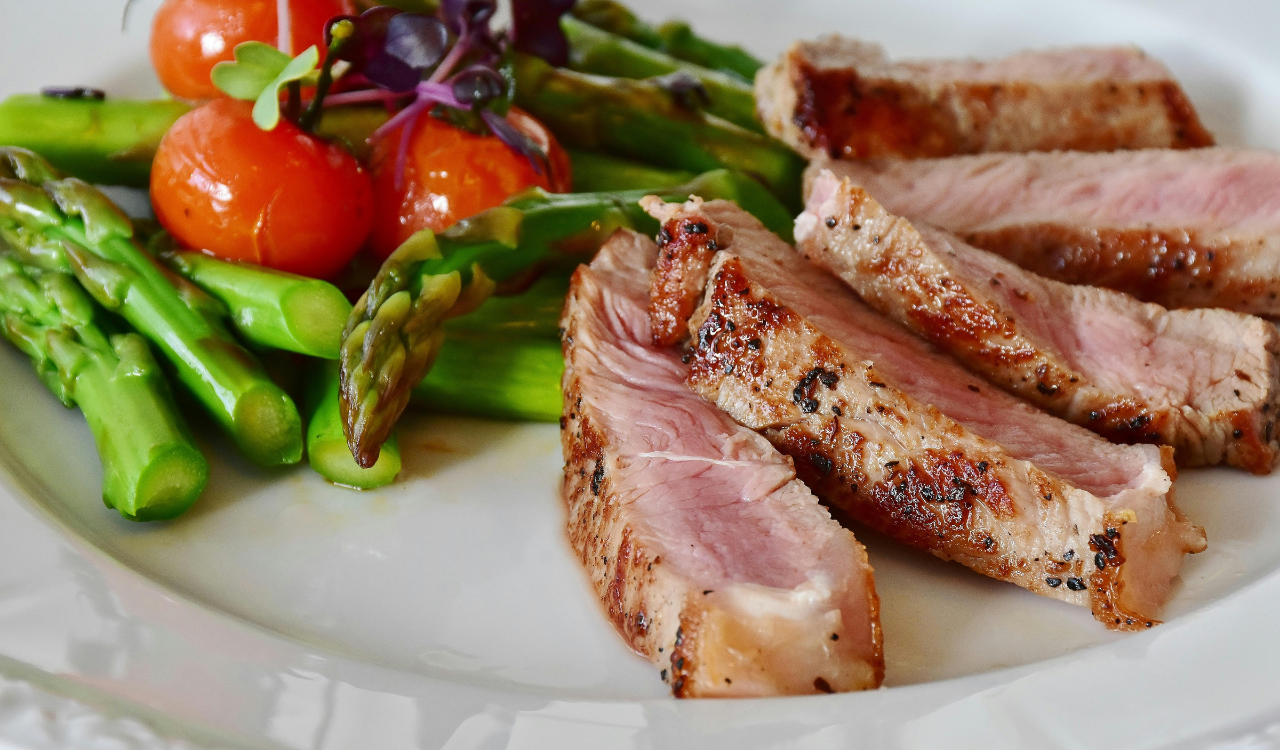11 Popular Sauces From Asia Every Home Cook Should Try
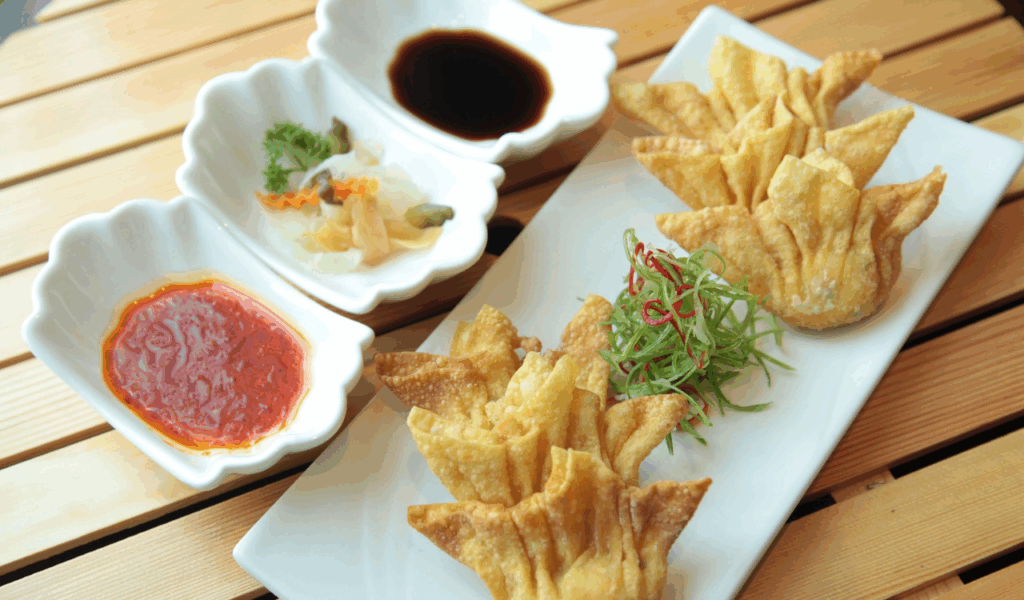
As varied as its cuisines, Asian sauces can be sweet, spicy, sour, smoky, salty-umami, and everything in between. Even a small knowledge of them can enhance basic foods like noodles, grilled meats, stir-fries, dipping sauces, and salad dressings. Eleven Asian sauces are listed below, along with information on their characteristics, applications, and special uses, as well as advice for home cooks on how to prepare them perfectly. There is something here to expand your palate, regardless of your preference for strong heat or delicate tang.
1. Soy Sauce
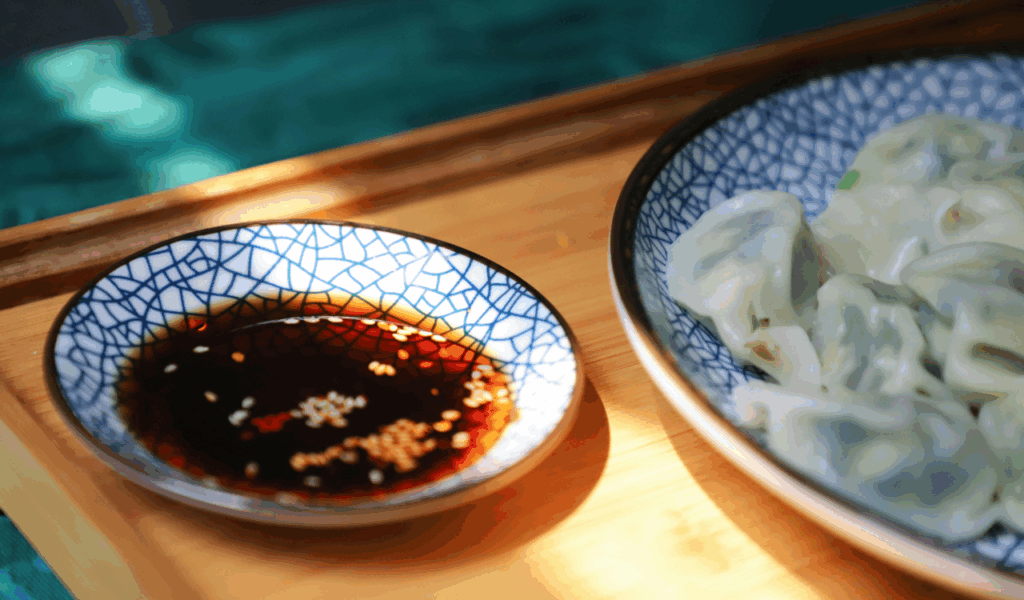
Small fish (such as anchovies) or shellfish are fermented with salt to create fish sauce, a strong, salty liquid. In many Southeast Asian cuisines, including Vietnamese, Thai, Cambodian, and others, it is indispensable because, when used sparingly, it adds depth and umami without being overtly fishy. Fish sauce can be found in marinades, salad dressings, dipping sauces, stir-fries, and soups. A little goes a long way because of its strong character; balance with sweet, sour, or aromatic ingredients for a rounded flavor.
2. Fish Sauce
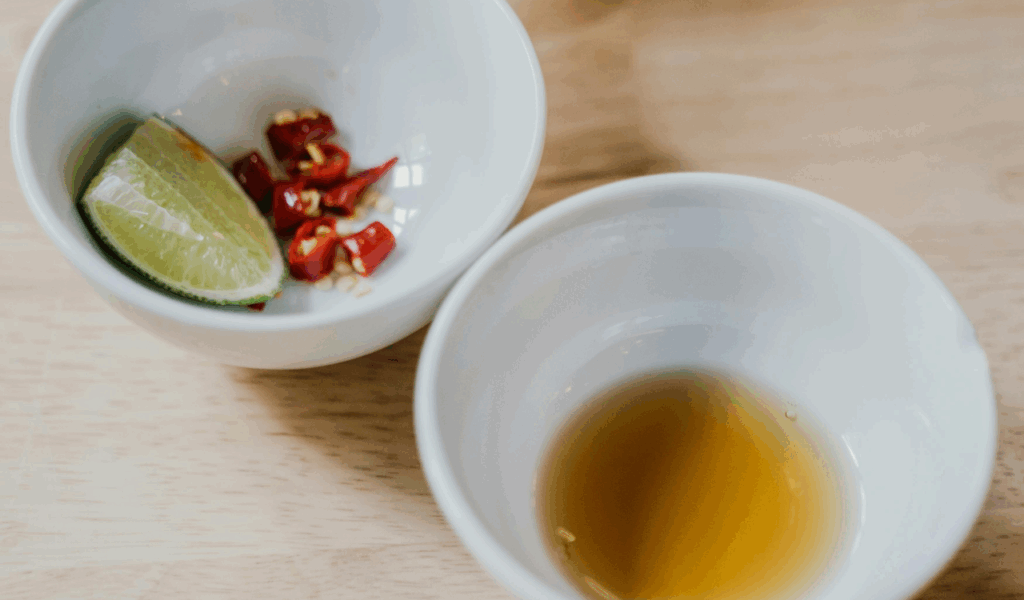
Fish sauce is a pungent, salty liquid made by fermenting small fish (like anchovies) or shellfish with salt. It’s essential in many Southeast Asian cuisines—Vietnamese, Thai, Cambodian, etc.—providing a background of umami and depth without overt fishiness when used moderately. Fish sauce is used in soups, stir‑fries, dipping sauces, salad dressings, and even in marinades. Because of its strong character, a little goes a long way: balance with sour, sweet, or aromatic ingredients for a rounded flavour.
3. Oyster Sauce
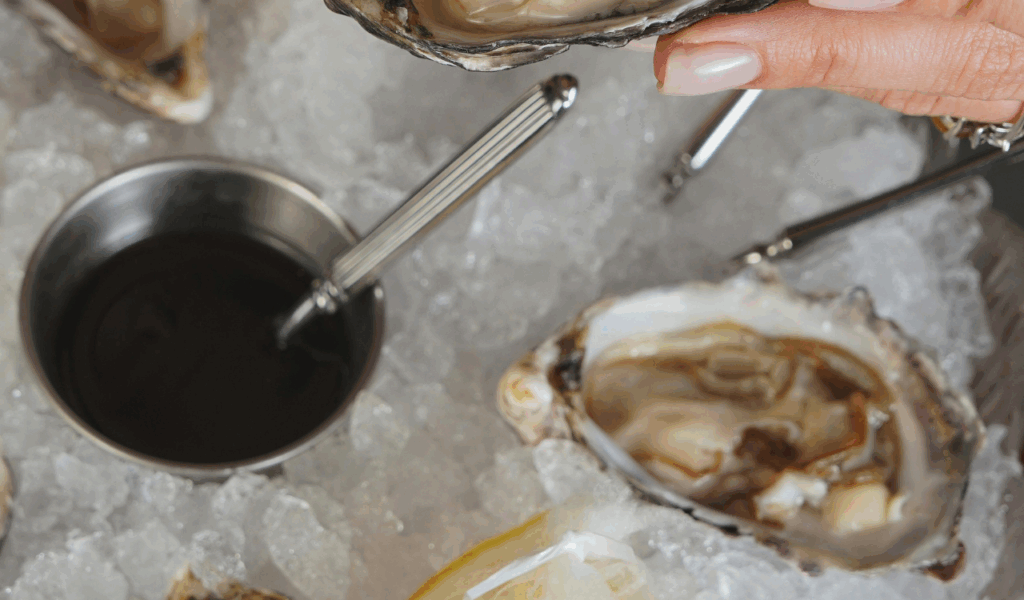
Made from oyster extracts, sugar, and salt, oyster sauce is thick, dark, and sweet-salty. It is frequently thickened (and occasionally blended with soy). It is frequently used in Chinese cooking because it adds a subtle oceanic note and richness without being overly “fishy.” It works well in marinades, stir fries, dishes with brown sauce, as a glaze for meats or vegetables, and even as a garnish. It contributes several layers of flavor simultaneously because it contains salt, sugar, and heat.
4. Hoisin Sauce
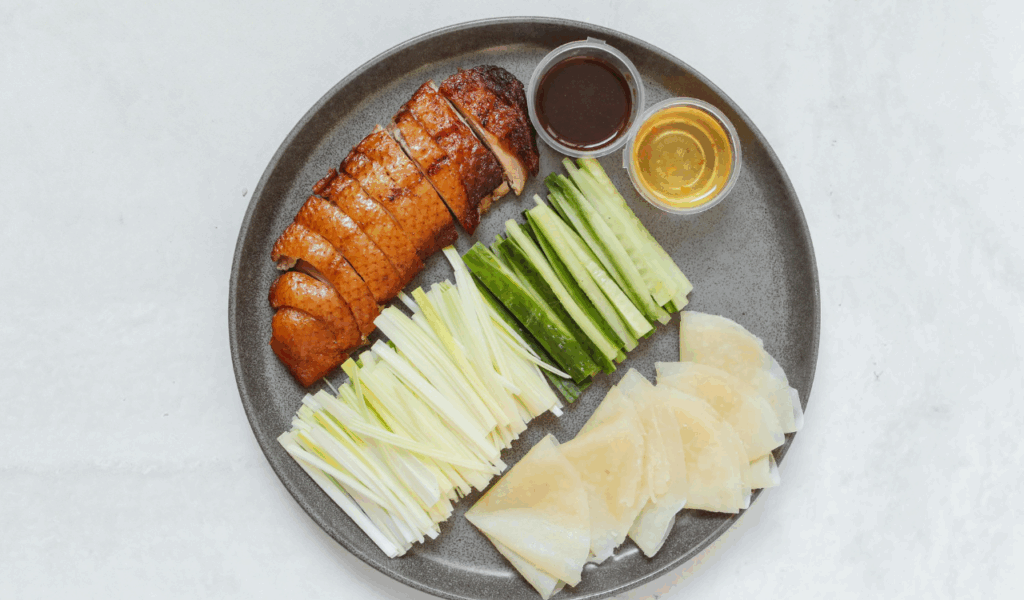
Cantonese cuisine is known for its sweet, salty, and aromatic hoisin sauce, which is thick in consistency and frequently contains vinegar, garlic, sweetness, and a few spices, including five-spice. It’s frequently compared to a Chinese barbecue sauce. Use it as part of a sauce mix, as a glaze (for roasted duck, for instance), as a spring roll dipping sauce, or to add sweetness and depth to stir fries. Because it contains sugar and spicy spices, it works well to balance stronger flavors.
5. Gochujang
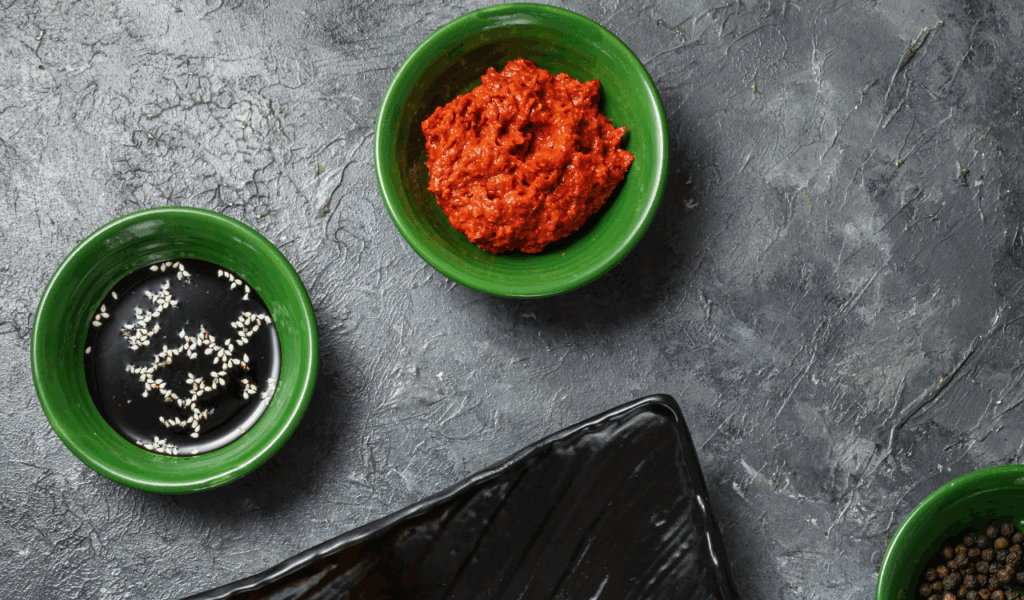
A Korean fermented red pepper paste (or sauce), gochujang is made with rice (or glutinous rice), fermented soybeans, salt, chilies, and occasionally sweeteners. It has a complex, multi-layered flavor that is simultaneously sweet, spicy, and umami due to the fermentation. It is frequently used in pastes, stews, marinades, bibimbap, sauces, and even mixed into dressings because it is thicker than many pouring sauces. It’s potent due to its depth and heat; even small amounts can change a dish.
6. Sweet Soy Sauce (Kecap Manis)

This is Indonesian sweet soy sauce, which is thick, syrupy, dark, and heavily sweetened (usually with palm sugar or something similar). Its flavor and consistency are similar to molasses, adding umami and sweetness. It’s great as a marinade, glaze, or finishing drizzle, especially on roasted or grilled meats. It also tastes great mixed into noodles or fried rice. When you want both in one ingredient, it can be used in place of regular soy sauce and sweetener.
7. Ponzu Sauce

Ponzu is a Japanese citrus-based sauce or condiment made with soy sauce, rice vinegar, citrus juice (such as yuzu, lemon, sudachi, or others), and, for added umami and depth, mirin, dashi, or bonito/kombu (seaweed). It is often bright and refreshing, with a hint of sweetness and a tangy, salty flavor. Ponzu can be used as a marinade, a dressing for grilled meats or vegetables, or a dipping sauce for sashimi, dumplings, and cold noodles. Citrus enhances flavors; it’s lighter than thick sauces, making it ideal for striking contrast.
8. Sweet Chili Sauce
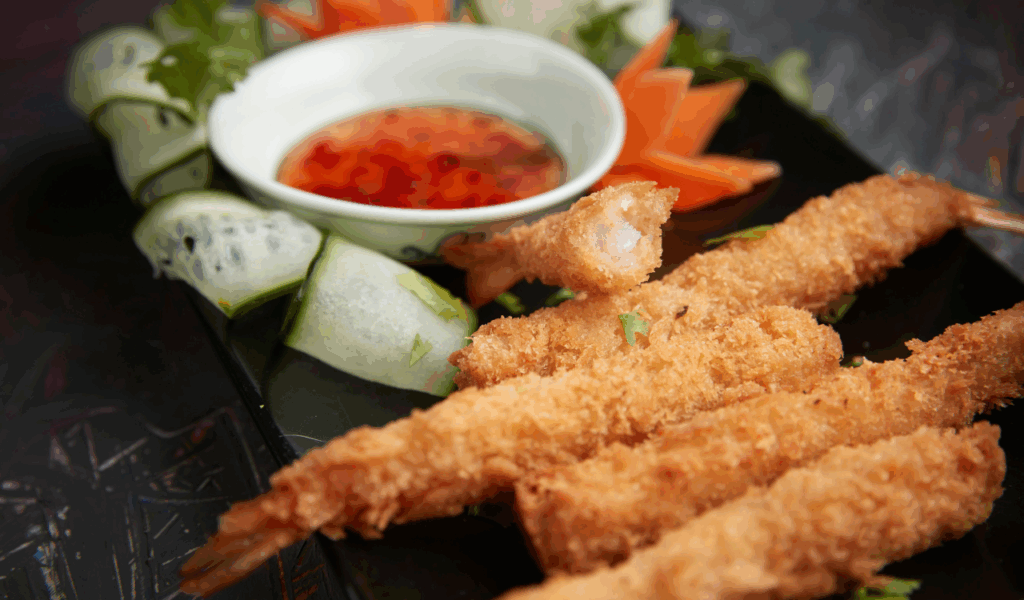
Red chilies, sugar, vinegar (sometimes fish sauce), garlic, and other ingredients are combined to make sweet chili sauce, also known as Thai sweet chili sauce. The end effect is tangy, spicy, and sweet—enough bite, but not too much sweetness. It is primarily used as a dip (for fried foods, spring rolls, etc.), but it can also be used as a glaze or in mixtures of dipping sauces. Its sugar and vinegar help to balance the sour and spicy flavors.
9. Doubanjiang (Broad Bean / Chili Bean Paste)
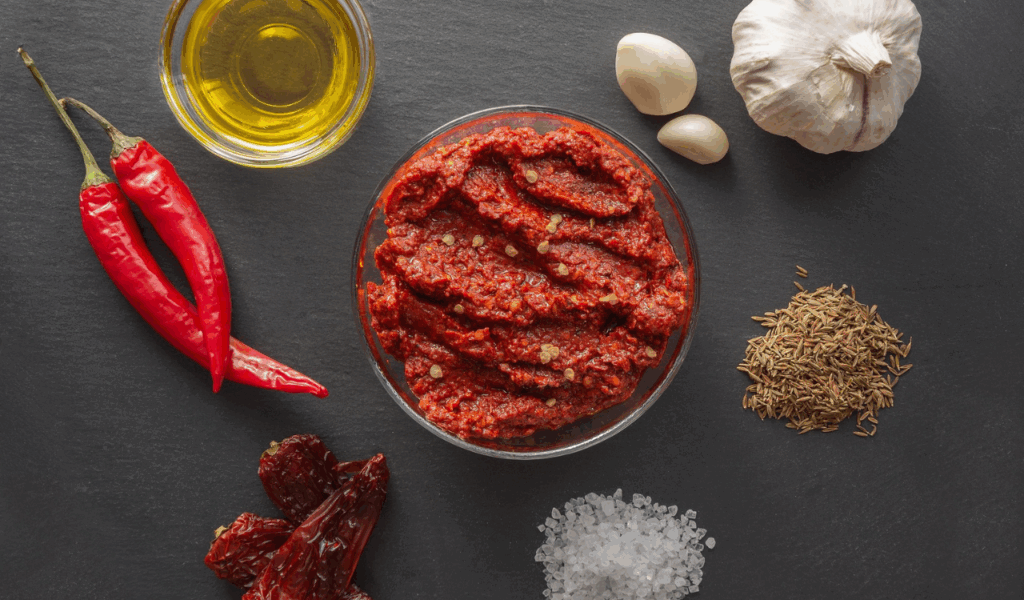
Doubanjiang, or “broad bean chili paste,” is a Chinese dish from the Sichuan region. Broad beans, soybeans, salt, chili peppers (in various forms), and other ingredients are fermented to make it. It has a deep umami from fermentation and is thick, strong, salty, and spicy. Mapo tofu, Sichuan hot pots, stir fries, and sauces are among the dishes that use it to enhance their flavor. Due to its potency (fermentation, heat, and salt), start with small amounts and add flavor gradually.
10. Nam Phrik
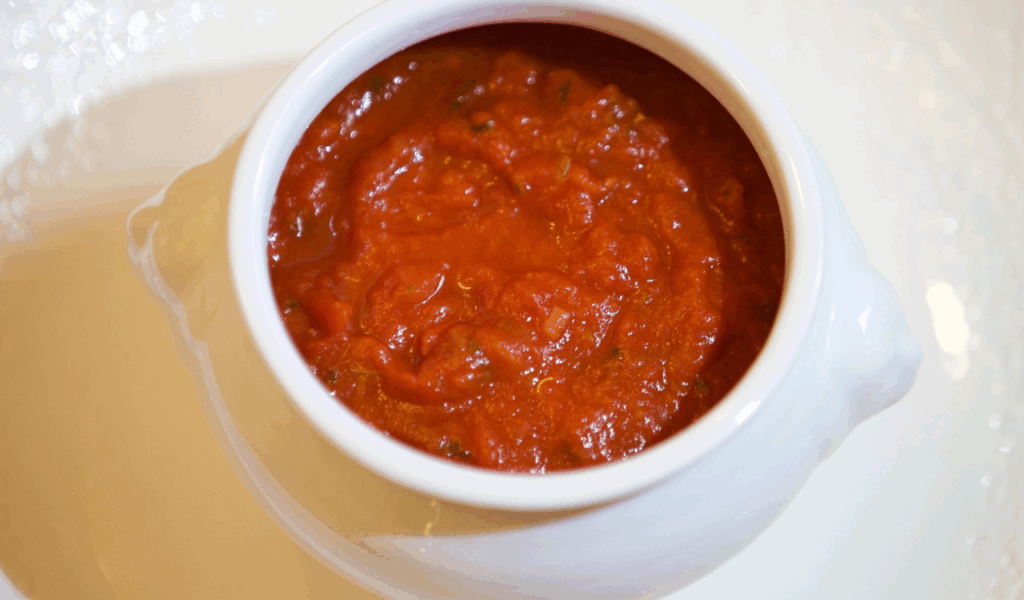
Nam phrik is a Thai term for a family of dipping sauces and pastries made with chili. Fresh or dried chilies, garlic, shallots, lime or sour component, fish or shrimp paste, and occasionally fresh herbs are among the ingredients, though they can vary. They are typically served with dippables that are mild, like vegetables or boiled or steamed food. They add pungency, acidity, spice, and frequently freshness. The texture ranges from thin to paste-like. A good way to add flavor contrast to a dish.
11. XO Sauce
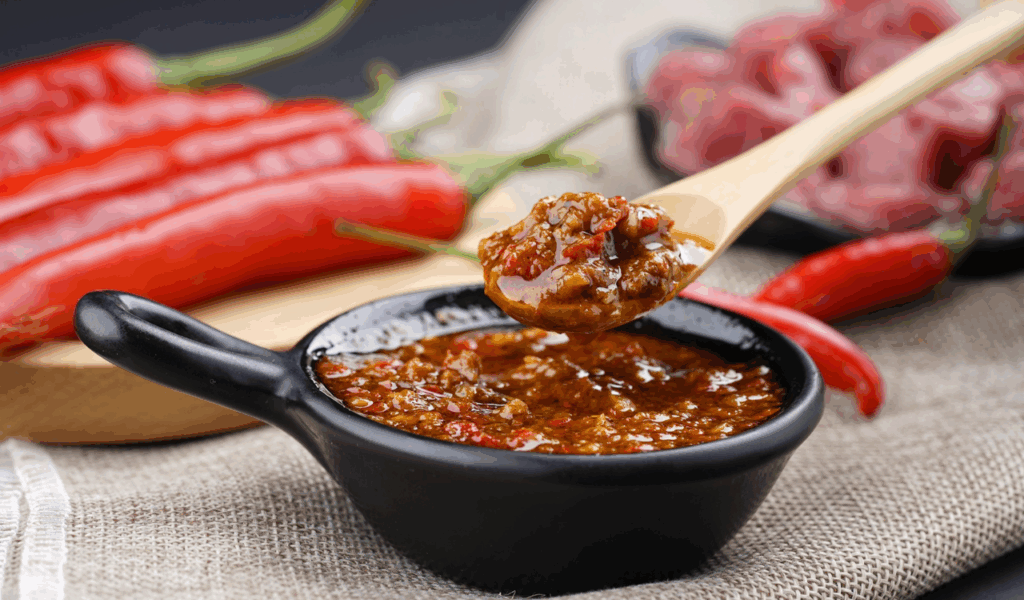
Made from dried seafood (like dried scallops or dried shrimp), Jinhua ham or other similar cured meat, chili peppers, garlic, onions, and oil, XO sauce is a luxury-style sauce or condiment from Hong Kong (southern Chinese cuisine). The end product is a somewhat chunky, umami-rich, spicy, and fragrant paste-sauce. It can occasionally be added to sauces to enhance their flavor and is used as a condiment for rice, stir-fried vegetables, and noodles. It has a strong flavor and tends to be more expensive due to the premium seafood ingredients; little amounts go a long way.
